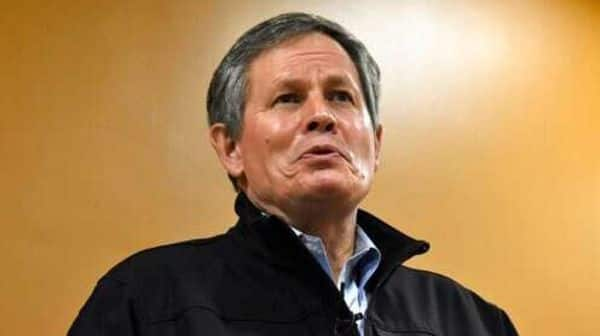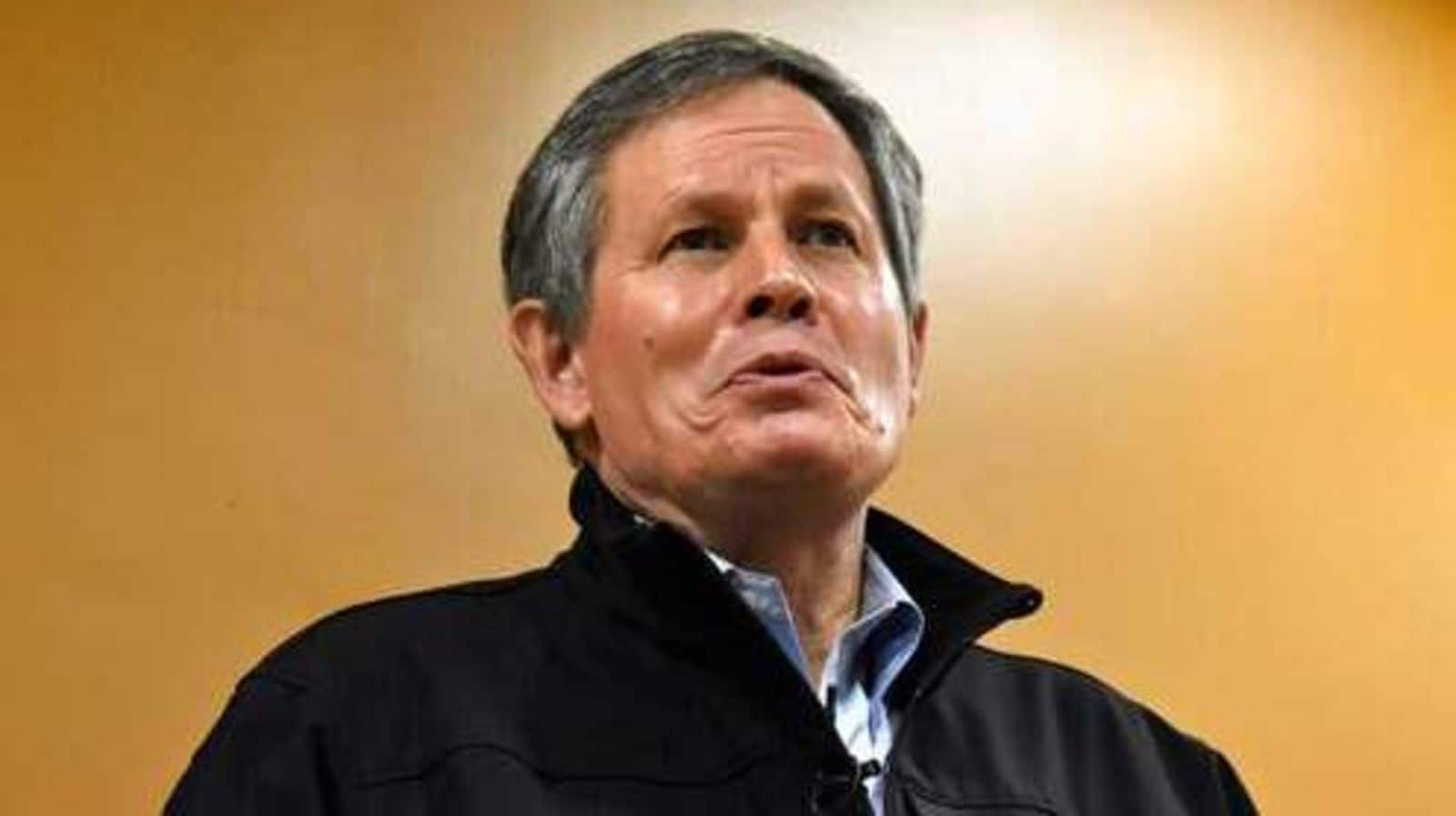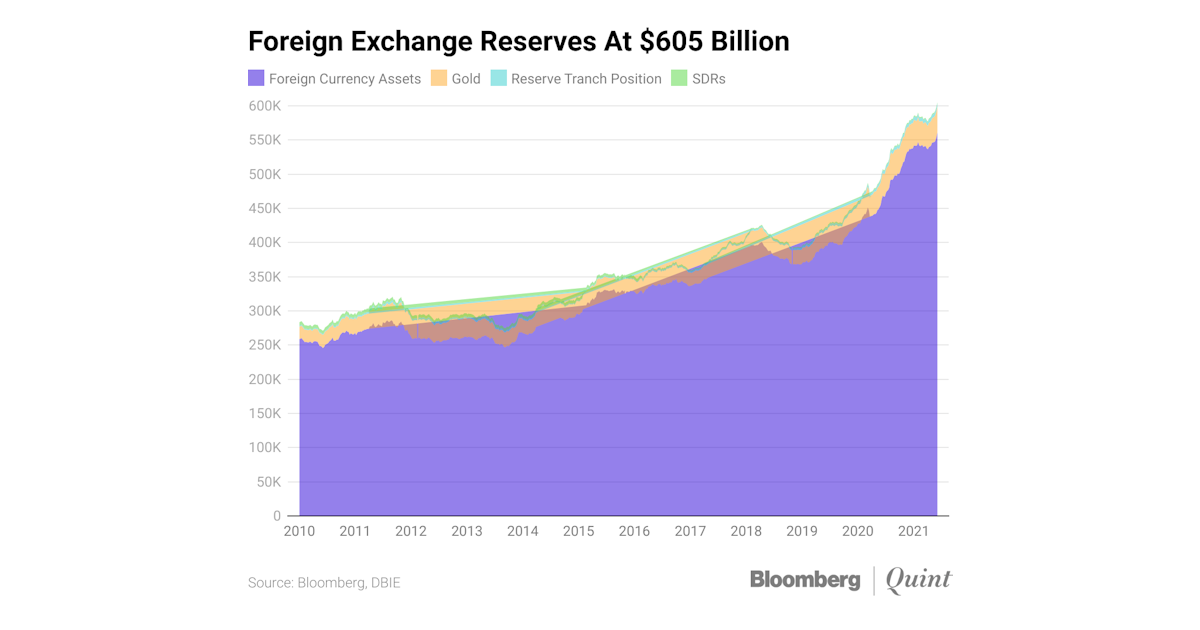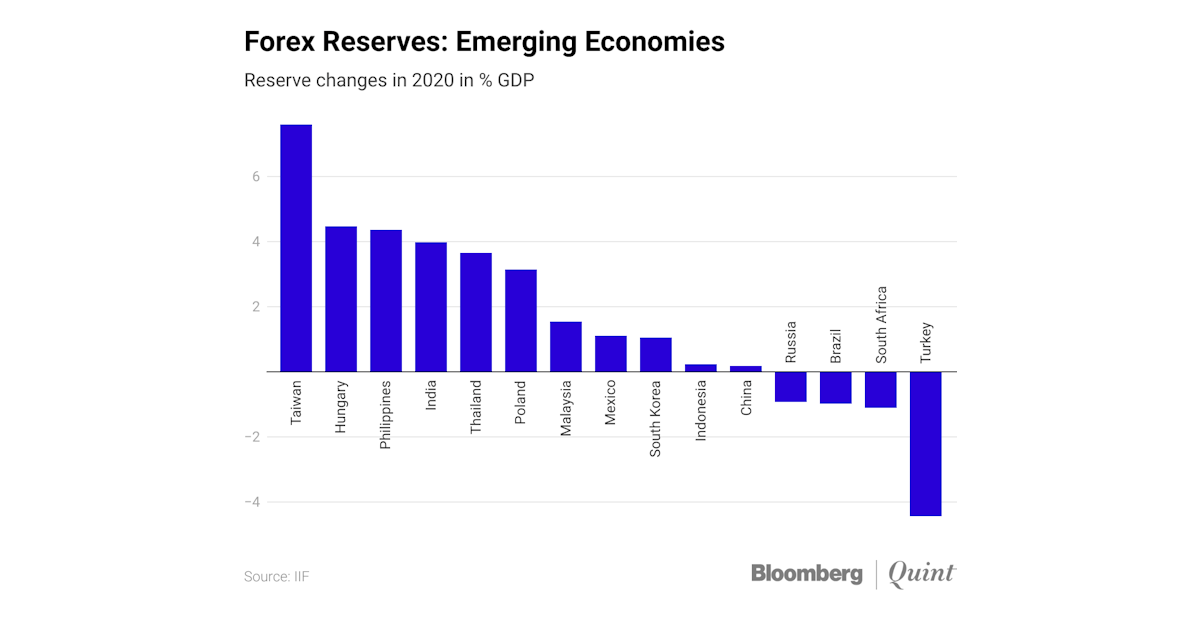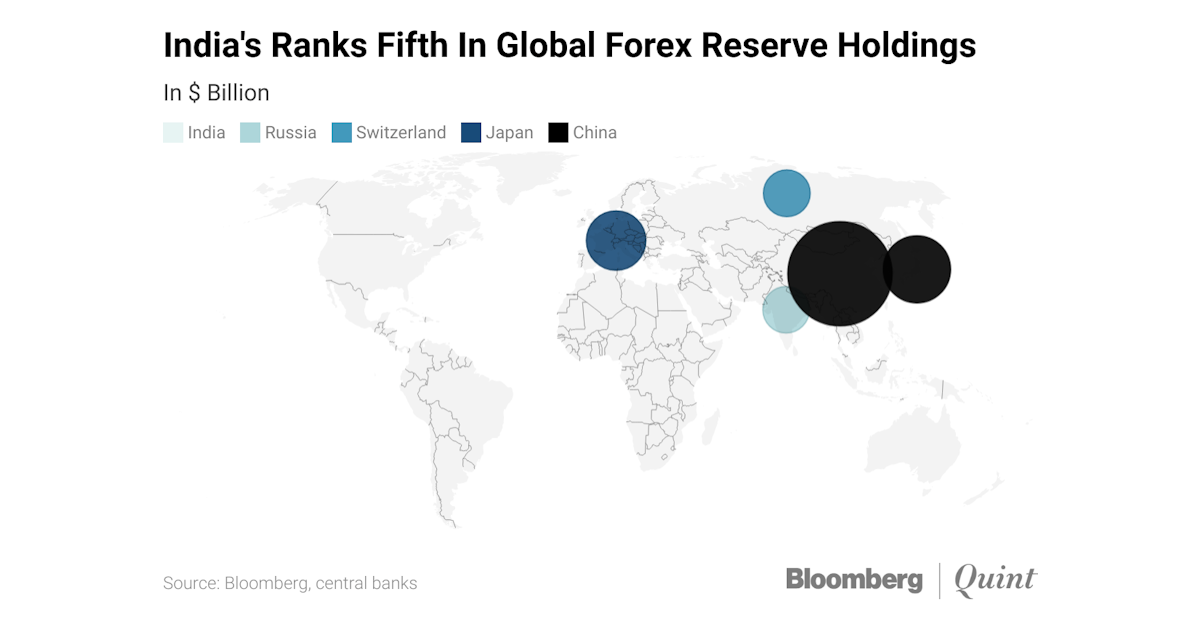India’s Forex Reserves: $600 Billion And Counting...
Pallavi Nahata
@PallaviNahata
Jun 11 2021, 5:22 PM IST Jun 11 2021, 5:27 PM IST
India’s foreign exchanges rose past the $600-billion-mark, helped by the pandemic year when a slush of global liquidity moved towards emerging markets in search of yield.
The result was that most emerging markets, including India, saw a build up in foreign exchange reserves as central banks bought dollars to prevent a sharp appreciation in local currencies.
India's foreign exchange reserves rose to $605 billion for the week ended June 4, 2021, from $598 billion the week before. Reserves have risen by close to $130 billion since March-end 2020, when the Covid crisis accelerated around the world, prompting central banks to unleash a wall of liquidity to stabilize economies.
While India was a large beneficiary of dollar flows, it wasn’t the only one. Still, the reserve build-up in India is among the strongest across emerging economies.
Reserves have jumped by over $140 billion since late 2019, registering among the highest increases in Asia ex-Japan, said Radhika Rao, economist at DBS Bank.
Even as a percentage of GDP, India’s reserve build-up is among the highest across emerging economies, shows data from the Institute of International Finance. In 2020, for which comparable data is available, India’s foreign exchange reserve build-up stood at 4% of the GDP. This is the fourth largest after Taiwan, Hungary and Philippines.
The numbers are large but not unusually so for Asia, where many countries have traditionally managed exchange rates heavily to prevent appreciation and boost exports, said Sergi Lanau, deputy chief economist at Institute of International Finance.
In absolute terms, India has the fifth-largest pool of forex reserves.
More Than Adequate
At current levels, reserves are more than adequate by most traditional metrics.
- Reserves are now adequate for more than 15 months of imports based on the average monthly imports in FY20, before the pandemic hit.
- They are 1.1 times of India’s external debt of $563.5 billion as of December 2020.
The idea with reserves is having enough to finance current account deficits and external debt amortisation in stress times, said Lanau. How much is needed for that is a subjective policy decision, he said.
Many work with a 100% of external financing needs rule of thumb (so reserves need to be at least 100% of a given year’s current account deficit + amortization). In India, covering a current account deficit of 2.5% of GDP and external amortization would amount to $320 billion. From this perspective $600bn in reserves is plenty.
Sergi Lanau, Deputy Chief Economist, Institute of International Finance
The cost of having lots of reserves is managing their impact on domestic liquidity, Lanau added.
When the RBI buys dollars it puts more rupees in the system, which need to be mopped up to keep money market rates close to policy rate corridor. “The RBI has done that in the (rupee) forward market, pushing rates up, discouraging firms from hedging forex exposure,” Lanau said.
On any external vulnerability metric, India is very well placed compared to emerging market peers, said Madhavi Arora, lead economist at Emkay Global. However, Arora also said the negative byproduct of such large forex reserve accumulation has been excessively low short-term rates in some periods.
With reserves at levels considered more than adequate, will the RBI be less aggressive in buying foreign exchange?
Rao of DBS Bank doesn’t think so.
Recent policy commentary has suggested that reserve accretion is a priority for the central bank, she said. “This suggests that there isn’t necessarily any threshold that they are looking to satisfy, but see it necessary to strengthen this cushion at least for the duration of the ultra-loose global policies, which have translated into strong inflows into emerging market assets, including India.”
In absolute terms, India has the fifth-largest reserves.
Composition Of Reserves
The sharp jump in reserves on account of foreign exchange inflows has meant that the share of gold in India's reserves has steadily declined.
Gold reserves as a share of forex reserves have remained between a range of 5-7% since 2016, according to data from the RBI. Gold constituted 6.2% of total forex reserves, according to data for the week ended June 4, 2021.
The central bank has been purchasing gold, along with the valuation gains from its existing gold reserves, said Bajoria. Amid the pace of capital flows in the economy, the decision to allocate gold is made on a periodic basis rather than a regular basis, he said. This is an asset allocation choice, he said.









